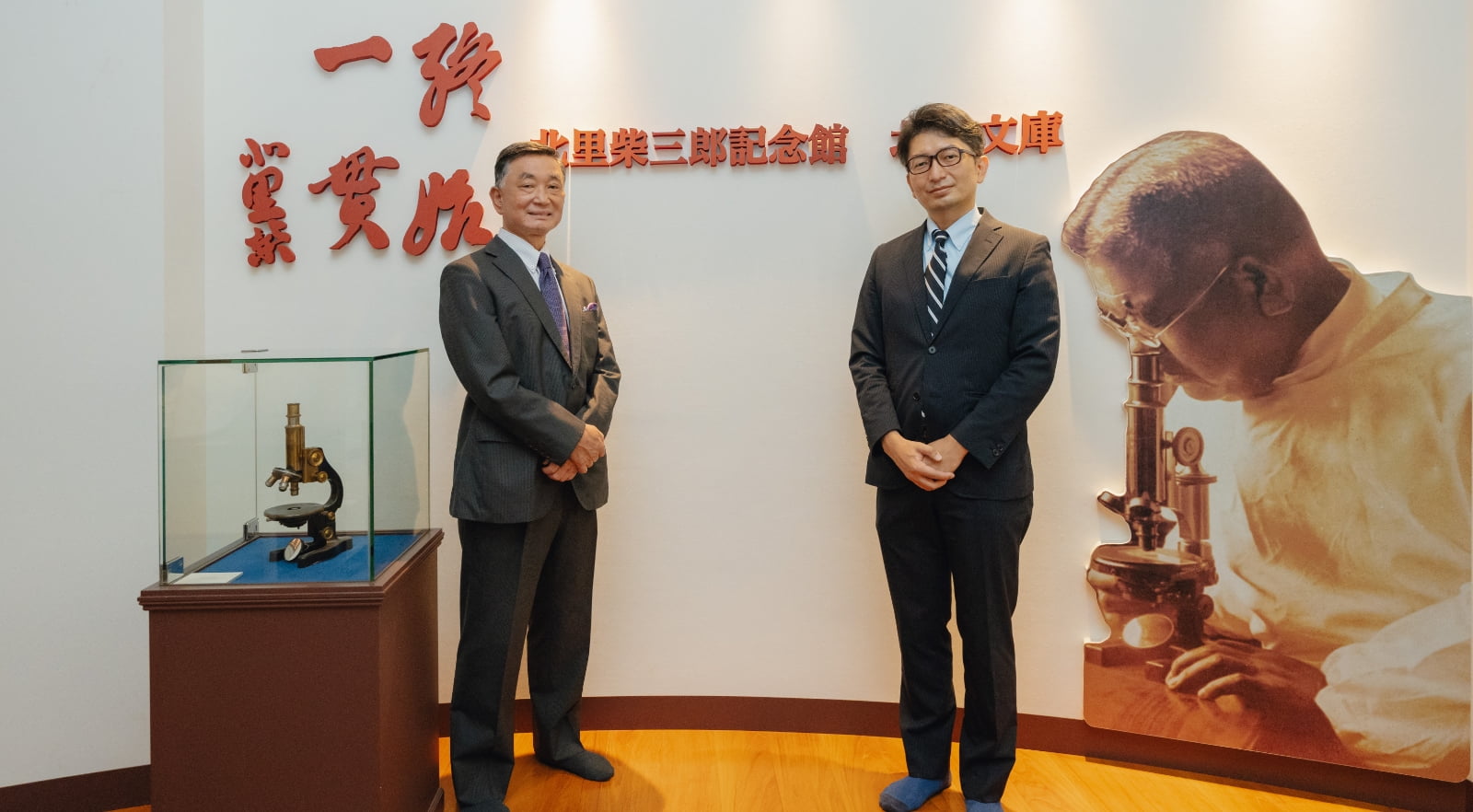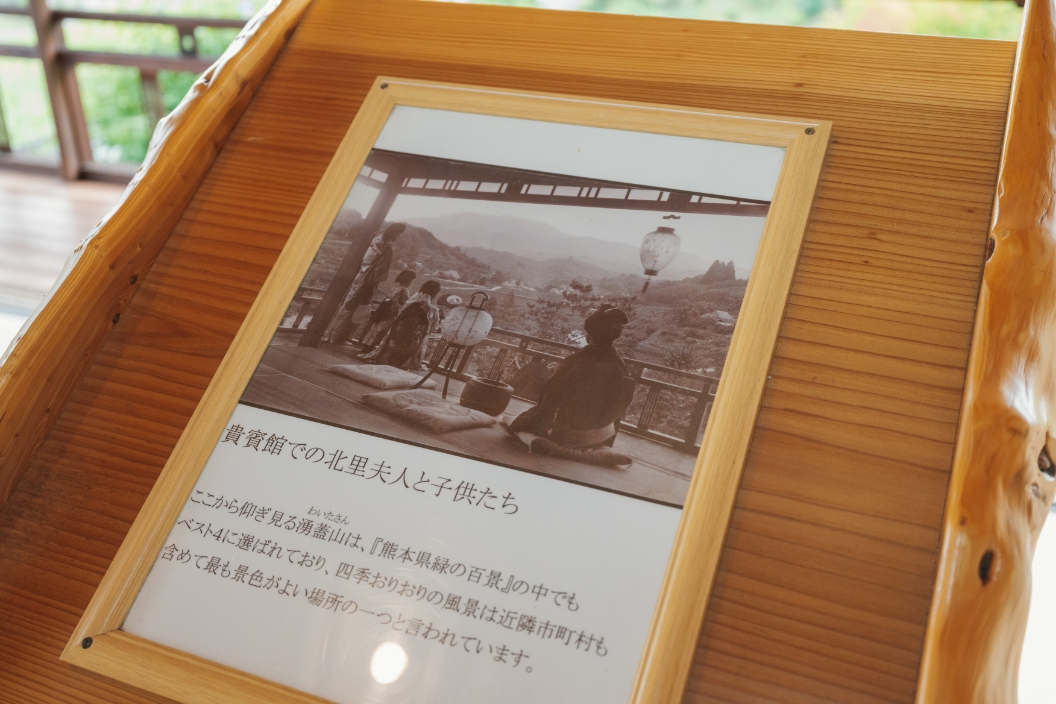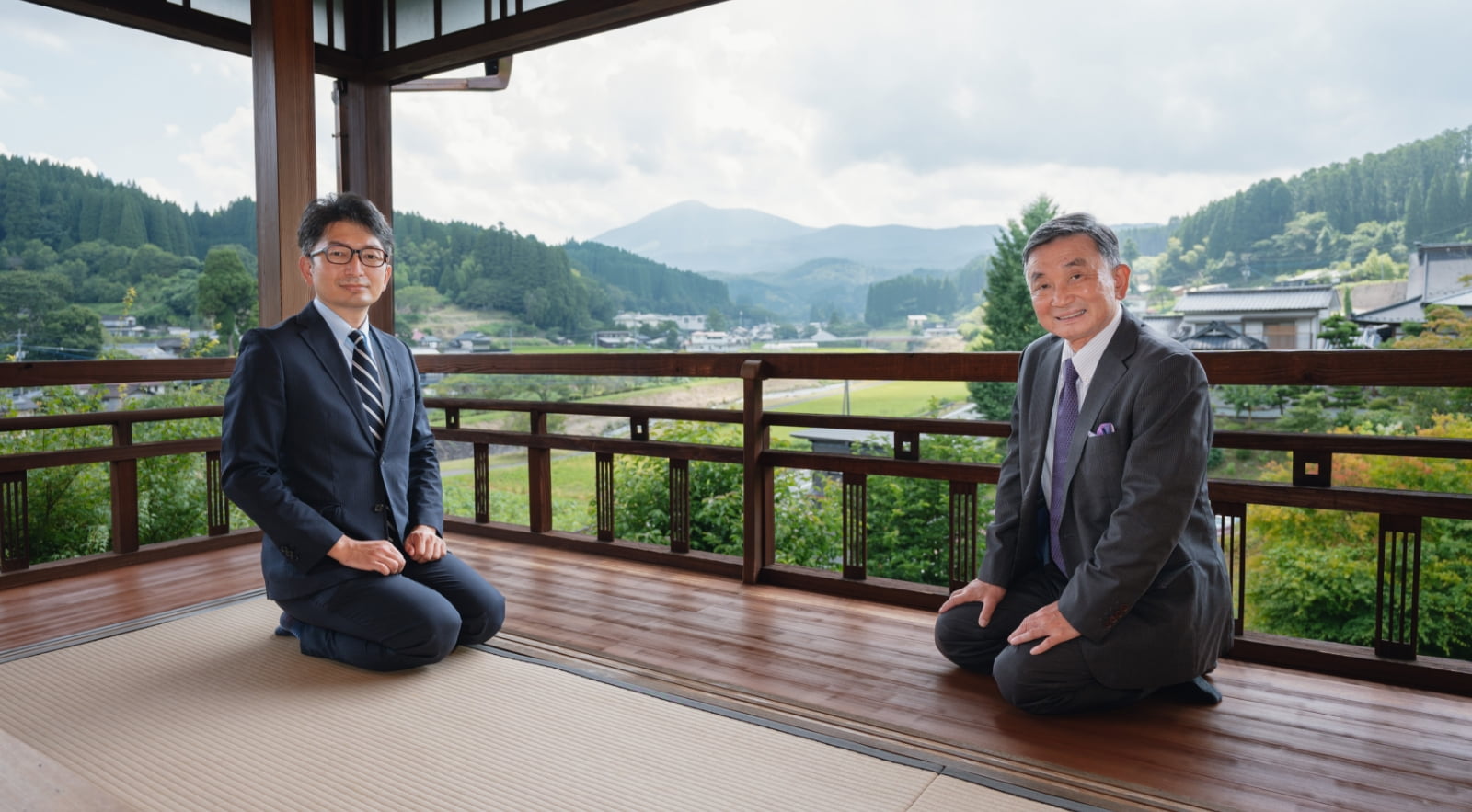Problems Facing Serum Therapy
“Data is the name of the game for us scientists”(Kitasato)

Hifumi:Let me talk a little about the current situation. One of the more painful aspects of antivenom/antitoxins, or serum therapy used against venom, is that it is difficult to determine whether it is a venom or an infection. I started working on serum therapy because the doctors at the institute said, “Serum therapy is under the venom category, so it is not in the category of infectious diseases. Can anybody help?” This is the fundamental problem that serum therapy is currently facing. For example, whether to receive grants for venom or for infectious diseases. Antivenom/antitoxins and antisera can be classified into three categories: government-owned products, commercial products, and clinical research. The Yamakagashi antivenom and the Redback spider antivenom used in clinical research are so-called “unapproved drugs” and are not approved for Ministry of Health, Labour and Welfare, so they can only be used in clinical research.
Kitasato:What is the idea of anti-venom here?
Hifumi:Antibodies trap venoms that enter the bloodstream. It is considered to be simply that.

Kitasato:Would that be the venom’s neutralization by antivenom/antitoxin?
Hifumi:Yes. It is a venom, or in the category of so-called natural venoms. When we think of antivenom/antitoxin, the one that comes to mind is Mamushi antivenom/antitoxin, but in my opinion, the Mamushi antivenom/antitoxin is the most gentle in its efficacy among antivenom/antitoxins. So when most clinicians hear the word “antivenom/antitoxin,” they say, “What?” The bite of a Mamushi causes swelling, but the Mamushi antivenom/antitoxin seems to have a weak effect on reducing the swelling. I believe the problem with Mamushi antivenom/antitoxin is that it is a natural toxin, so it contains multiple toxins, and even if it is killed with antibodies (despite the spread being controlled), the swelling cannot be dramatically reduced.
Kitasato:What do you make the Mamushi antivenom/antitoxin from?
Hifumi:From horses. It is made by a domestic manufacturer. This is the only one that is said to be somehow profitable; all other antivenom/antitoxins are unprofitable.
Kitasato:Does this mean that you are making it a little more pure as an antibody preparation?
Hifumi:The Mamushi has so many venom components that it would be a little difficult to create a cocktail of multiple monoclonal antibodies.
Kitasato:Is it still made by a domestic manufacturer?
Hifumi:Yes. We make about 2,000 vials a year and have about the same payout, so it seems to be profitable as far as Mamushi are concerned.
Kitasato:Because there are multiple venoms, this fits into the profitability base with horse serum.
Hifumi:Yes. However, there is also a major problem with horse serum. It has already been more than 50 years since the package insert was created, and a note about the necessity of an intradermal test because of the risk of allergy remains in all the inserts, not just for Mamushi. I am now taking the lead in changing the rule to say that intradermal testing is not necessary and that we should pre-administer adrenaline according to foreign standards.
Kitasato:In short, as every second counts, there is no time for intradermal testing?
Hifumi:The method is very complicated; administer a few cc’s, and if it doesn’t work, do it again… and so on. When we surveyed clinicians, we found that young doctors with a less than 10 years-career had never heard of such a description in the first place, and more than half of those with more than 20 years of experience had never done it before. The manufacturers are also often contacted by them. As you know, it is very difficult to correct the statements in package insert, but we are eager to work on it.
Kitasato:If adrenaline is pre-administered, is an allergic reaction unlikely to occur?
Hifumi:I think so. However, if adrenaline is used for pre-administration, there are now compliance issues regarding insurance approval. So, including such preparations, we are planning to spend the next five years trying to match the current actual medical treatment. We are currently trying to get them to reach out to all parties involved through the Society for Clinical Toxicology, but I have a feeling that there will have to be a last, final push. We would be grateful if you could assist us, Dr. Kitasato.
Kitasato:We are scientists, so I think we still need to show that we have this kind of data and that it is safe. I think it is still fundamental that someone such as yourself, should first write a paper based on scientific evidence, showing that adrenaline pre-administration does not cause allergic reactions for this or that reason.
Hifumi:Thank you for your valuable advice.
Aiming to be Irreplaceable
“The Thoughts of Dr. Shibasaburo Kitasato,
which I would like to pass on to future generations”(Hifumi)
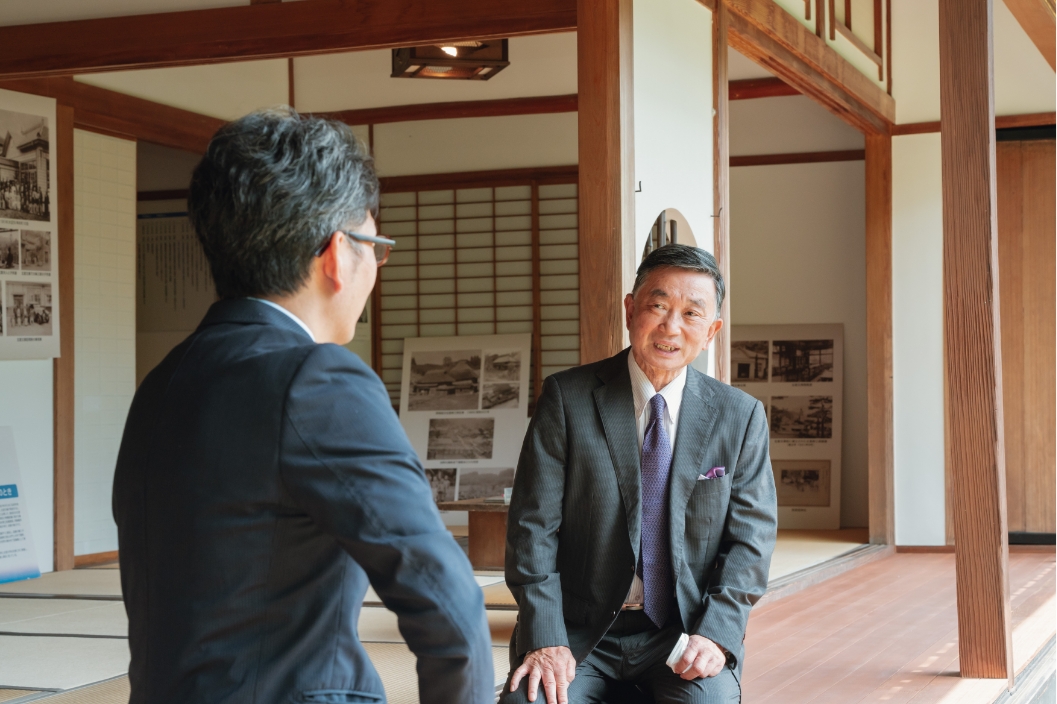
Kitasato:Is St. Luke’s International Hospital quite supportive of these activities of yours?
Hifumi:The director, Dr. Ishimatsu, is also an emergency medicine specialist same as me, and his predecessor, Dr. Fukui, was also very supportive of this research. However, where I am not doing well is that I have not been able to create a system with a number of disciples, like Dr. Shibasaburo Kitasato did.
Kitasato:Dr. Hifumi, I think it is because the times have changed. Back then, there were no antibiotics and the only means of saving lives was serum therapy. What is difficult in this day and age is the need for people to fully understand the necessity of using serum therapy, since there are various antibody preparations and antibacterial drugs. In other words, it is essential to explain the disadvantages of serum therapy, i.e., the risks related to the transfer of components other than antibodies. In the future, the use of antibody preparations of those antibodies is a good way to avoid or reduce risk, but in the absence of that, there will be the problems of horse serum and allergies. It is necessary to properly understand that something other than the antibody component is causing the allergy.
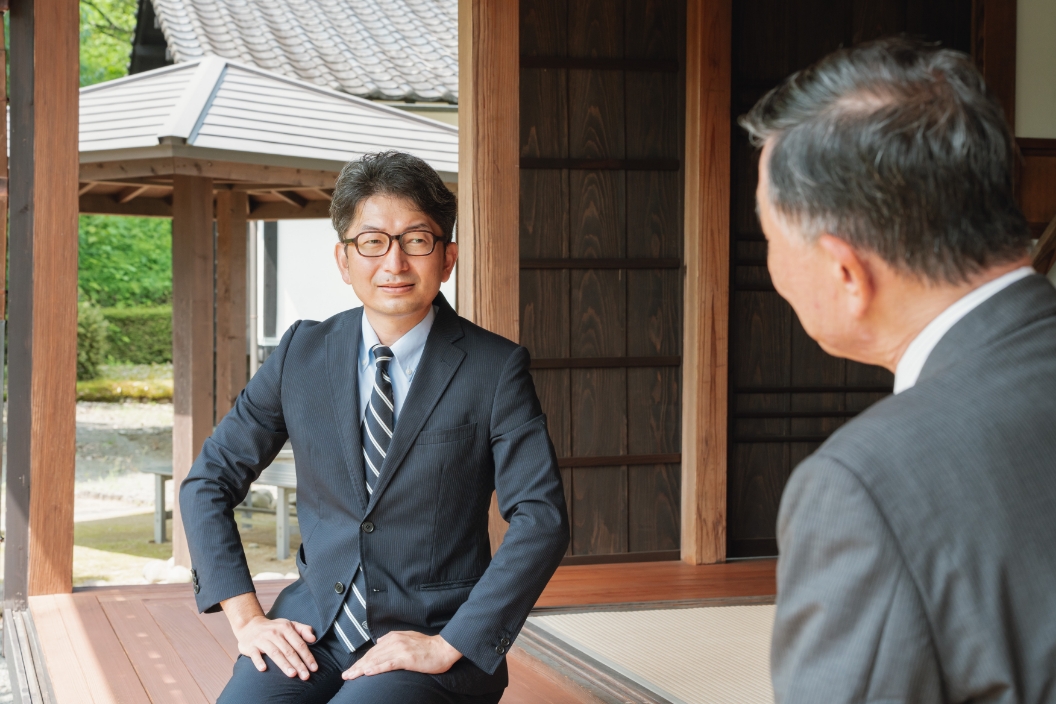
Hifumi:Then there is quite a problem with Yamakagashi as a research system. Mamushi also kill about 10 people a year, but Yamakagashi is more serious, and I am now in charge of a 365-day-a-year system in the form of a clinical research scheme. When a patient visits the hospital after being bitten by a Yamakagashi, the first thing the doctor does is be puzzled. Therefore, in the case of snakebite wounds, they consult with Dr. Sakai of the Japan Snake Institute, and then Dr. Sakai contacts me to dispense the antivenom/antitoxin. This Yamakagashi antivenom/antitoxin was created by a research group in 2000, and it works tremendously well. When a Yamakagashi bites you, bleeding doesn’t stop as the fibrinogen that stops it goes to zero, but when the serum is administered, it shows a V-shaped recovery and can be expected to be effective even if administration is delayed by about two days. It’s a vial, so the rubber stopper could be falling apart…I’ve been using it for 22 years now (laughs).
Kitasato:So it is stable in a sense?
Hifumi:As you say, it is stable. Japanese-made products are good, after all. We have not even made the next serum.
Kitasato:Why don’t you approve it?
Hifumi:Since there has been no scientific evidence until now, in FY2021 we conducted a retrospective study of the data to date and obtained data show there have been 43 cases and 5 deaths over a 50-year period. Based on this data, we are planning to ask all parties concerned what kind of data we need to collect in the next step in order to get the drug approved for severe cases, of which there are only one or two per year.
Kitasato:Do you naturally conduct sedimentation tests using neutralizing antibodies in basic research? Can’t you just attach case data to it and make it into a paper?
Hifumi:One of the keys to an approved drug is whether or not the manufacturing system can be maintained for a long time once the drug is approved. On the other hand, manufacturers have an issue of profitability. Therefore, it is a very inexpensive way to administer an antivenom/antitoxin to patients within the framework of clinical research by individual physicians.
Kitasato:For example, if a patient has been bitten and you have their written consent to use the product, is there a problem?
Hifumi:There isn’t. Hospitalization costs can be as high as 3 million yen, but this is paid in full with research funds.
Kitasato:Why does it cost 3 million yen?
Hifumi:The antivenom/antitoxin itself is naturally free of charge, but because of the severity of the disease, the patient is placed in the intensive care unit.
Kitasato:And that is treated as self-funded?
Hifumi:Just one overnight stay costs 100,000 yen including fee for intensive care, so if you stay for 20 days or so… So the year before last, we lost our research funds in the middle of the project, and our research almost came to a halt (laughs). However, I think that happens everywhere. For clinical research, we used to do it by storing the antivenom/antitoxin in advance at various hospitals, but now we don’t put it in too many hospitals because we can ask the cargo service to deliver it within 7 or 8 hours all over Japan. In fact, in a case in Matsue, a 17-year-old boy who was seriously ill after being bitten by a Yamakagashi was saved by sending him a Yamakagashi antivenom/antitoxin from a storage facility.
Kitasato:Where are the Yamakagashi found?
Hifumi:In rice paddies. Not to scare you, but I’m sure you hear frogs croaking a lot around here too. They are definitely there. Because they eat frogs. However, you will be fine if you get bitten. Compared to the Habu, the fangs of the Yamakagashi are very small. One bite is almost nontoxic if you remove your hand immediately. Then, the most serious cases are when a child plays with a snake and it bites several times, and then, more recently, as suicide attempts. Times are changing a bit.
The Challenge of Safe Antibody Preparation
“There is a purpose in keeping moving forward,
even when you hit a wall”(Hifumi)
Hifumi:We are also promoting human monoclonal antibody production as a safe antibody product. The first thing to do is to get a recovered serum, i.e., a serum from a person who was bitten, which is best, but we have had several chances in the past that did not work out. At first, everyone agreed, but when we told them that we would extract it on a certain date, they would not cooperate in the end. Since everyone works with us as a volunteer, we can only ask them to support our good faith, but it seems to me that times are changing. Should we have some kind of incentive… it is quite difficult.
Kitasato:Where did the research funding come from?
Hifumi:In this case, from AMED. I just take blood from the recovered patients and a doctor at the National Institute of Infectious Diseases will do the monoclonal antibody production.
Kitasato:So you are saying that you have not yet taken enough.
Hifumi:Zero. I am embarrassed to say. It is only a blood draw, so of course there is no allergy, but when it comes to serum therapy, the conversation inevitably leads to that. And then, the conversation takes a difficult turn.
Kitasato:That is unfortunate.
Hifumi:I bet Dr. Shibasaburo Kitasato never thought that such a future would come in a hundred or so years.
Kitasato:(laughs)
Hifumi:He may be laughing. Watching us kind of struggling (laughs).
Kitasato:I believe he is (laughs).
Hifumi:Otherwise, we do the same with spiders. There’s the Redback spider. While the bite does not kill you, it causes an intense pain and has become a major social topic, which is why I’m still taking care of it today. We use antibodies to neutralize the spider venom.
Kitasato:Has it always been in Japan?
Hifumi:It came in from Australia. First, it spread in Kansai Airport and Fukuoka, where cargo is stored, and now it spread to the whole of Japan. The problem with this is that it is an imported antibody formulation. Each time, I personally import the Redback spider antivenom from CSL in Australia.
Kitasato:Why do you go to such lengths?
Hifumi:Various researchers tell me this, and they have a point. But just by being able to talk to you, Dr. Kitasato, I can work hard for another 20 years or so (laughs). By thinking we can’t go on like this, so let’s prepare the formula, we ended up preparing it domestically once. At that time, AMED was able to offer sufficient research funds to the project. However, when the non-clinical trials were over and we were about to move on to clinical trials, we were forced to stop research and development due to profitability issues. So we still have about 2,000 bottles in the refrigerator of the manufacturer. Since compliance is required in these times, it is not possible to administer the drug to a human patient, but a solid formulation is already available in Japan.
Branching Out into Further Fields
“It is essential to work with trusted partners”(Kitasato)
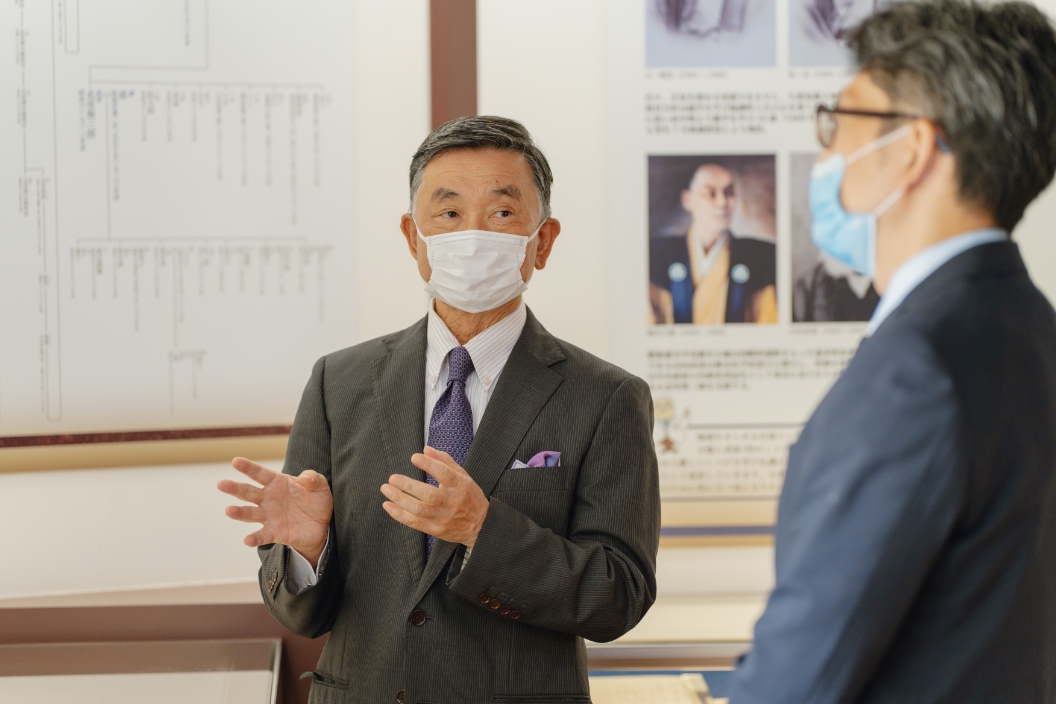
Hifumi:Next up are the natural venom of marine organisms such as the Habu-kurage and Onidaruma-okoze. The earth is getting warmer, and this will be a problem not only in Okinawa, but also in Kyushu, Amami, and then Kanto, so we are talking about maintaining those areas as well. We are still in the early stages, but if the need in these fields is great, we are considering importing marine life antivenom/antitoxins from Australia and storing them in Japan. Right now, the most incurable infectious disease in our emergency area is Clostridium perfringens infection. It does not cause infection upon injury, but it can lead to sepsis, which is a mass of pus in the liver or other parts of the body. When this happens, the urine turns bright red due to hemolysis, and the patient dies quickly. The neutralizing antibodies of this bacterium are precisely this gas gangrene antivenom/antitoxin. In the first place, they were made by domestic manufacturers and kept in the national stockpile for so-called gas gangrene, which was caused by infection from wounds received in wars and other situations. It turned out that it could neutralize endogenous C. perfringens infections, and when I administered it in a real case when I was in graduate school at Kagawa University about five years ago, it helped. At first I thought it might not work that well, but the effect was dramatic. However, we were not prepared enough to turn this into a paper. So, we have asked for increased research funding this year to allow us to do this research in depth on the basis that since it was successful once, it must surely work in similar cases. The increased funding will allow us to be well prepared and also produce a paper on the research.
Kitasato:How many people infected with C. perfringens develop these symptoms?
Hifumi:As you will have noticed, a negligible number. On the other hand, those who somehow get hemolysed by food poisoning bacteria overwhelmingly follow a process that leads to death. So, the difficulty is that even if we go backwards to the person who had C. perfringens from the culture results, the pathology is a little different. Even if C. perfringens were placed in the liver, it would not, of course, be a model for pathogenesis.
Kitasato:Indeed, it would not. I need to find out how it gets to the liver, whether it’s food or blood, because this is an obligate anaerobic bacterium to begin with. But this is an alpha toxin, isn’t it?
Hifumi:Yes. It is an alpha toxin.
Kitasato:Is this what happens when toxins that enter orally via C. perfringens get to the liver?
Hifumi:I think probably the intestinal tract, portal vein, and liver, which is where we want to focus most of our efforts right now in the bacteriology area of serum therapy.
Kitasato:Has anyone been working with a C. perfringens specialist?
Hifumi:There was a researcher I wanted to work with, but he quit. So we are looking for a new research partner this year.
Kitasato:They’re hard to find. Not many people are doing C. perfringens to begin with. But again, this is tough to do without a tie-in with the people doing basic research.
Hifumi:Yes. And there is the classic Corynebacterium diphtheriae, which already has a vaccine effect, but Corynebacterium ulcerans infection, a C. diphtheriae-like disease, forms a pseudomembrane like C. diphtheriae.
Kitasato:What is the difference between this C. ulcerans and C. diphtheriae?
Hifumi:As you mentioned, I heard that in Europe and the U.S. it is treated as the same way, and the disease is increasing in Japan.
Kitasato:Is the causative organism C. diphtheriae?
Hifumi:It’s C. ulcerans. However, since C. diphtheriae’s antivenom/antitoxin is naturally effective in this as well, and since Japan does not see pure C. diphtheriae anymore, we are proceeding with this. And finally, let us talk about tetanus, which Dr. Shibasaburo Kitasato was working on. The current situation with tetanus toxoid is that companies are withdrawing from the market because it is unprofitable. They say there are two manufacturing companies and they are increasing their manufacturing system, so it will continue to be fine, but considering that there used to be five manufacturing companies and five sales companies, and now there are two manufacturing companies and one sales company, I think it is dangerous in terms of a stable supply. Then, even if asked to do something to make it viable as a company, I myself would not be sure what to do.
Kitasato:Having said that, this is now completely an administrative issue.
Hifumi:It is. The administration may have its hands full with COVID-19 right now, but the problems are so complex that I think that even the officials in charge may feel that they can’t just hand it over to someone else without resolving it in the three years or so of their term…
Kitasato:That’s the current situation.
Hifumi:Yes. But thank you very much for the chance to make the website and for this opportunity. At present, there is not much good news, but I am very happy to be able to continue the research started by Dr. Shibasaburo Kitasato and to be able to work in this way.
Kitasato:I understand your current situation as well. I like to offer my thoughts when I’m asked for an interview. It will be tough, but we have to find good partners steadily and build up our papers to as good a state as possible. After all, a partnership with the foundational study researchers is absolutely essential in your area.
To Those Who will Lead the Future
“Expanding our horizons will help us in the future”(Kitasato)
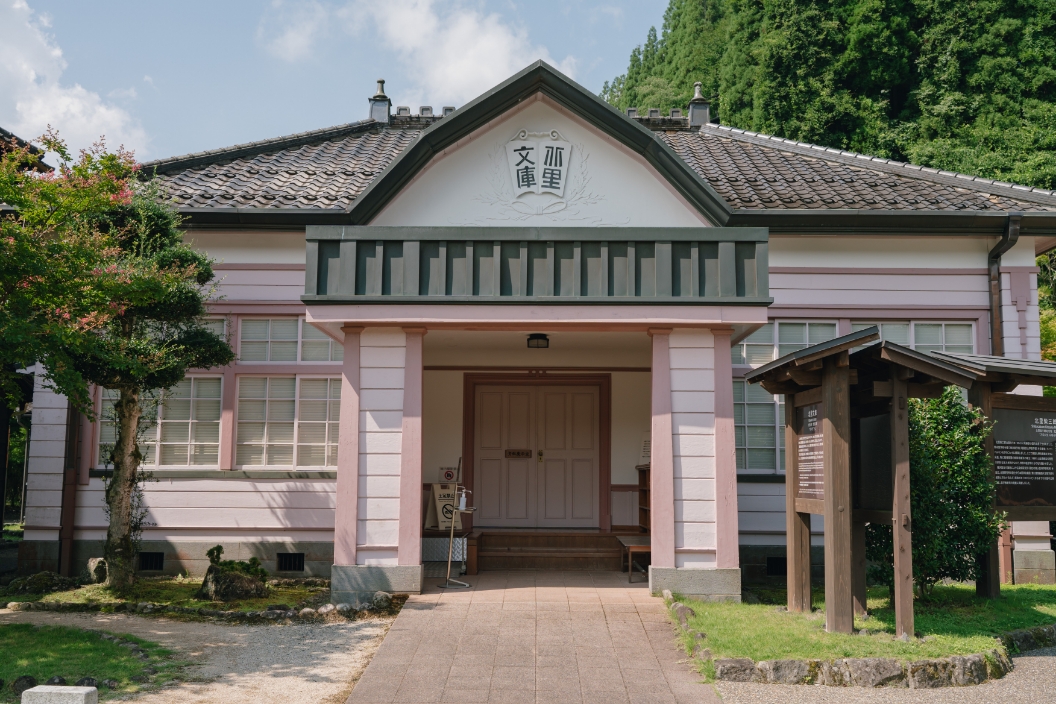
Hifumi:Serum therapy is in the state I just described, but may I ask a little about your own future, Dr. Kitasato?
Kitasato:I am not sure how much I can do since my term is for three years, but if I have the opportunity, I would like to travel to high schools and other places to educate people about the importance of repaying favors to others and achieving your dreams. It is of course important to follow the achievements of Shibasaburo, who is going to be the first person from Kumamoto to be printed on paper money, but we also hope to tell young people about his life as a model of how people should live. Also, if I had not studied abroad for nine years, I probably would not have become a professor, and I would not be speaking with you today. I spent three years each in France, Germany, and the Czech Republic, where I was trained in a world in which if I did not produce results, I would be fired. I also learned about the culture of each country and made invaluable friends. I think it is very important in terms of broadening one’s horizons. Very few young people today study abroad in that way. I think that is partly due to the reality that there are no positions available when they return.
Hifumi:I did not study abroad either.
Kitasato:Doctors may still manage to earn a living somehow, but if you quit everything for a PhD, there is no guarantee of anything. Some have been post-doctoral fellows or current researchers for a long time, and some have been making ends meet as part-time lecturers… I think that is extremely difficult.
Hifumi:What do you think of academia in the midst of the current reform of work styles? For example, doctors at a national research institute stay until about midnight on weekdays, but if they had normal jobs, they could not stay more than 8, 9, or 10 hours, could they?
Kitasato:It’s the same. Now that teachers also punch their time cards, if their overtime is too bad, they will be interviewed by industrial physicians. University faculty are now left with no choice but to engage in a set number of activities at a set time.
Hifumi:This is just my own impression, but in Europe and the U.S., they seem to rest well and research well. Has it always been like this?
Kitasato:Well, for one thing, there is a proper division of labor. For example, in Europe and the U.S., the level of technical staff is very high, and there is a good balance between division of labor and efficiency, whereas in Japan, you have to do all research, education, and meetings by yourself. Then, of course, leaving after 8 or 9 hours of work is not possible. So the systems are totally different. In Europe and the United States, there are people in charge of washing laboratory equipment. When you try to wash it yourself, they get angry at you for taking their work.
Hifumi:I see (laughs).
Kitasato:Yes (laughs), you shouldn’t wash your own equipment if you work there. And the researchers have good respect for those equipment washers, and when they receive money from conference awards, they distribute it to everyone. “A professor should be honorable and a romantic, a true professor is one who is respected even when they leave the laboratory.” That’s what I learned.
Hifumi:If things continue as they are, Japan will sink hard just by reforming the way people work, because no-one can do anything due to the system.
Kitasato:It is no use just talking about things that don’t exist. I think the doctors themselves will have to figure out how to use their time as much as possible, what to do in parallel, and how to improve efficiency. I think it would be totally different if we could hire excellent people on a permanent basis with things such as grant research. However, in some areas there are many research institutes that can hire technical staff, and there are many people with potential, so I think we should hire such people to make our research more efficient. Then again, I think it is essential to tie up with basic researchers and create reliable partnerships, including the publication process.
Hifumi:What I felt today is that young doctors definitely need to hear what you say, and I wonder if I may ask you to give a lecture at a conference.
Kitasato:Of course. I have been asked to participate in several academic conferences in Kumamoto, and I would be happy to do so if such an opportunity arises.
Hifumi:Thank you. Sorry for taking so much of your time today. It has been very valuable.
Kitasato:Thank you very much, too.
Toru Hifumi
